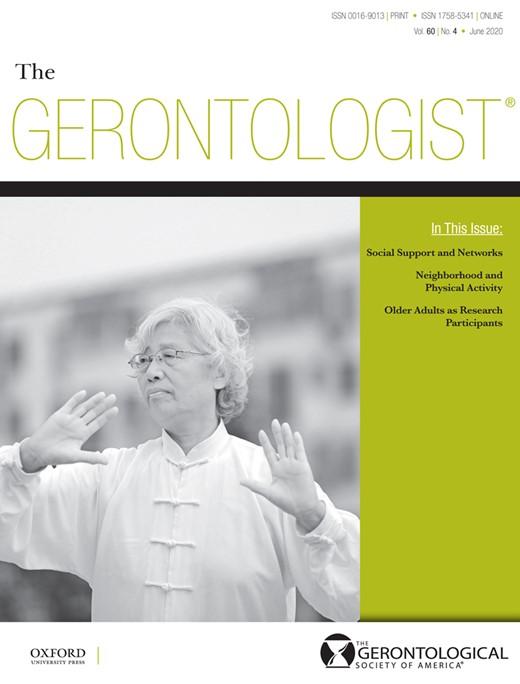Headline
Describes how a health system can adapt workflow, roles and responsibilities, and communication to engage family caregivers in care transitions and comply with CARE Act requirements.
Context
Many older adults experience adverse outcomes after discharge from hospitals. While caregivers play a crucial role in supporting patients in returning to home, many hospitals have failed to coordinate with caregivers and equip them with the necessary skills and knowledge. The Caregiver Advise, Record, Enable (CARE) Act, which has been passed in 40 states, requires hospitals to inform caregivers about discharges and provide instruction about care to be provided at home. This qualitative study examined how the CARE Act was implemented at a large health system in Pennsylvania.
Findings
The case study summarizes health system strategies related to caregiver identification, transition notification, and education, including changes made to the electronic health record to better identify caregivers. Interviewees, who were frontline clinical staff shared recommendations on changes in workflow, roles and responsibilities, and communication to better engage caregivers throughout the hospitalization as well as at discharge. Many interviewees suggested a standardized training on CARE Act implementation since there were differing levels of knowledge across staff due to siloed teams.
Takeaways
Although hospitals need to design a tailored compliance strategy for CARE Act implementation, this case study can help inform other hospitals’ respective strategies for meeting the requirements of the CARE Act and for supporting family caregivers and improving care transitions for older adults.



